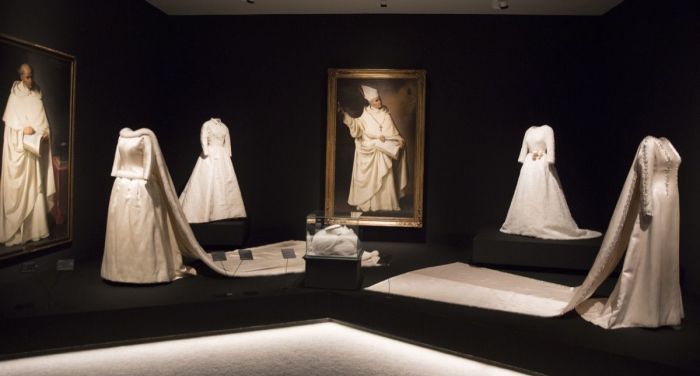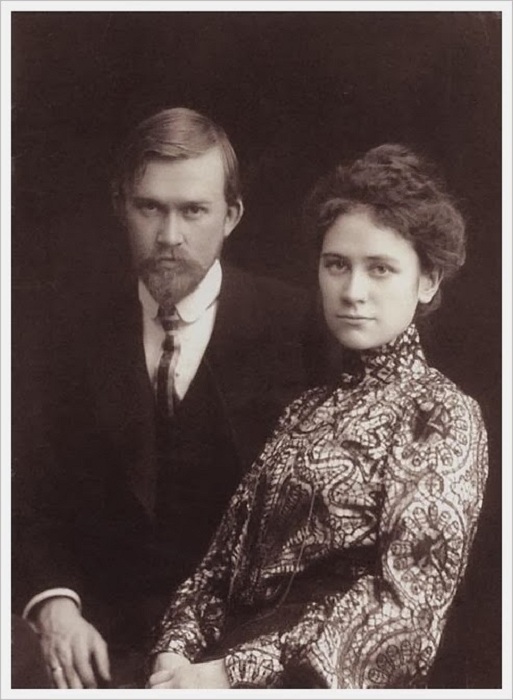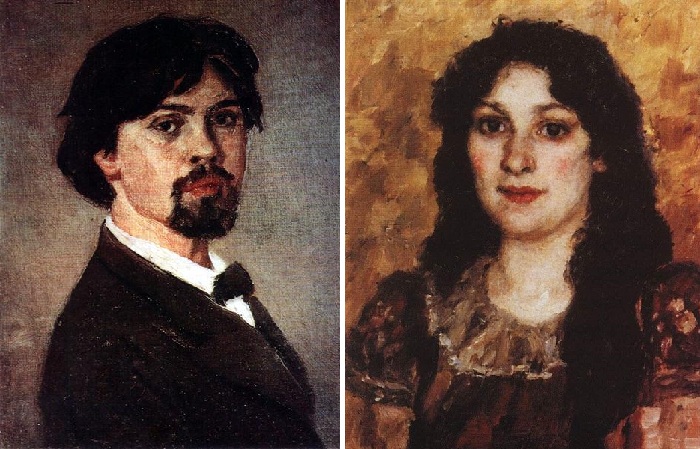considered
Unknown portrait of Da Vinci’s brush: Did the great master really write “Princess Leonardo” and whom he portrayed
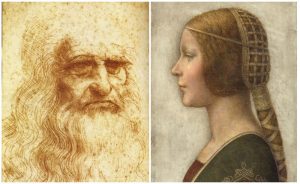 It may seem that the legacy of Leonardo da Vinci has many paintings – this artist, who died five hundred years ago, is mentioned too much and too often in the modern world. In fact, only one and a half dozen paintings by da Vinci and a few more works are known, whose belonging to Leonardo’s brush is only supposed. Therefore, any loss of the work of a great artist, as well as the sudden discovery of previously unknown, becomes a sensational event, affecting the history of fine art itself. Moreover, each such episode is reminiscent of a detective story, where there are victims, and criminals, and the hero revealing the secret, and most importantly – the priceless masterpiece of Leonardo.
It may seem that the legacy of Leonardo da Vinci has many paintings – this artist, who died five hundred years ago, is mentioned too much and too often in the modern world. In fact, only one and a half dozen paintings by da Vinci and a few more works are known, whose belonging to Leonardo’s brush is only supposed. Therefore, any loss of the work of a great artist, as well as the sudden discovery of previously unknown, becomes a sensational event, affecting the history of fine art itself. Moreover, each such episode is reminiscent of a detective story, where there are victims, and criminals, and the hero revealing the secret, and most importantly – the priceless masterpiece of Leonardo.
How at the end of the 20th century another Renaissance masterpiece was discovered. Continue reading
What is special about the landscapes that are called the most Italian: Veduta and Capriccio
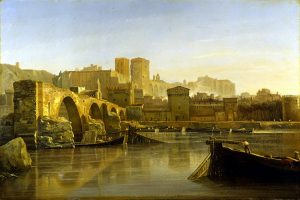 History did not preserve the name of the tourist that the first one wanted to take away from Italy a picturesque “postcard” in memory of the trip and thereby laid the foundation for a whole direction in the visual arts. However, it is unlikely that such a lover of beauty was the only one – this country in the south of Europe would sooner or later seduce connoisseurs with its landscapes immortalized on canvas.
History did not preserve the name of the tourist that the first one wanted to take away from Italy a picturesque “postcard” in memory of the trip and thereby laid the foundation for a whole direction in the visual arts. However, it is unlikely that such a lover of beauty was the only one – this country in the south of Europe would sooner or later seduce connoisseurs with its landscapes immortalized on canvas.
Veduta
Translated from Italian, “Veduta” means “view”. This is a picture, drawing or engraving, which details the city landscape. In fact, Veduta is the prototype of photography, the golden rule of this genre is great accuracy. Therefore, the one who ordered the artist a city landscape really took home the memories of his journey. Continue reading
Skillful fakes that museums took for originals
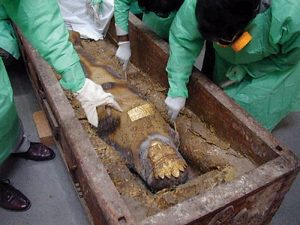 Artistic fakes are a very real threat that museums constantly have to contend with. Fake artifacts appear in many museums from time to time, which can be displayed for several years before specialists realize that this is a fake. For counterfeiters, the high price tags attached to these fakes are often an incentive to continue to create fakes. Art fraudsters often go to great lengths to trick museums into acquiring their work. Some fakes are so good that it is difficult for historians and archaeologists to distinguish them from real things. Among the museums that became victims of fakes is even the famous Louvre Museum, where for many years successful copies were exhibited instead of the originals, and no one even knew about it.
Artistic fakes are a very real threat that museums constantly have to contend with. Fake artifacts appear in many museums from time to time, which can be displayed for several years before specialists realize that this is a fake. For counterfeiters, the high price tags attached to these fakes are often an incentive to continue to create fakes. Art fraudsters often go to great lengths to trick museums into acquiring their work. Some fakes are so good that it is difficult for historians and archaeologists to distinguish them from real things. Among the museums that became victims of fakes is even the famous Louvre Museum, where for many years successful copies were exhibited instead of the originals, and no one even knew about it.
Three Etruscan warriors
In 1933, the New York Metropolitan Museum of Art added three new works of art to its exhibition. These were sculptures of three warriors of ancient Etruscan civilization. Continue reading

